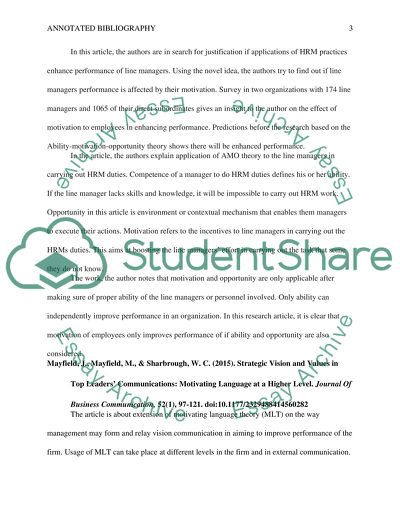Cite this document
(“Annotated Bibliography and Analysis Example | Topics and Well Written Essays - 1500 words”, n.d.)
Annotated Bibliography and Analysis Example | Topics and Well Written Essays - 1500 words. Retrieved from https://studentshare.org/psychology/1680278-annotated-bibliography-and-analysis
Annotated Bibliography and Analysis Example | Topics and Well Written Essays - 1500 words. Retrieved from https://studentshare.org/psychology/1680278-annotated-bibliography-and-analysis
(Annotated Bibliography and Analysis Example | Topics and Well Written Essays - 1500 Words)
Annotated Bibliography and Analysis Example | Topics and Well Written Essays - 1500 Words. https://studentshare.org/psychology/1680278-annotated-bibliography-and-analysis.
Annotated Bibliography and Analysis Example | Topics and Well Written Essays - 1500 Words. https://studentshare.org/psychology/1680278-annotated-bibliography-and-analysis.
“Annotated Bibliography and Analysis Example | Topics and Well Written Essays - 1500 Words”, n.d. https://studentshare.org/psychology/1680278-annotated-bibliography-and-analysis.


